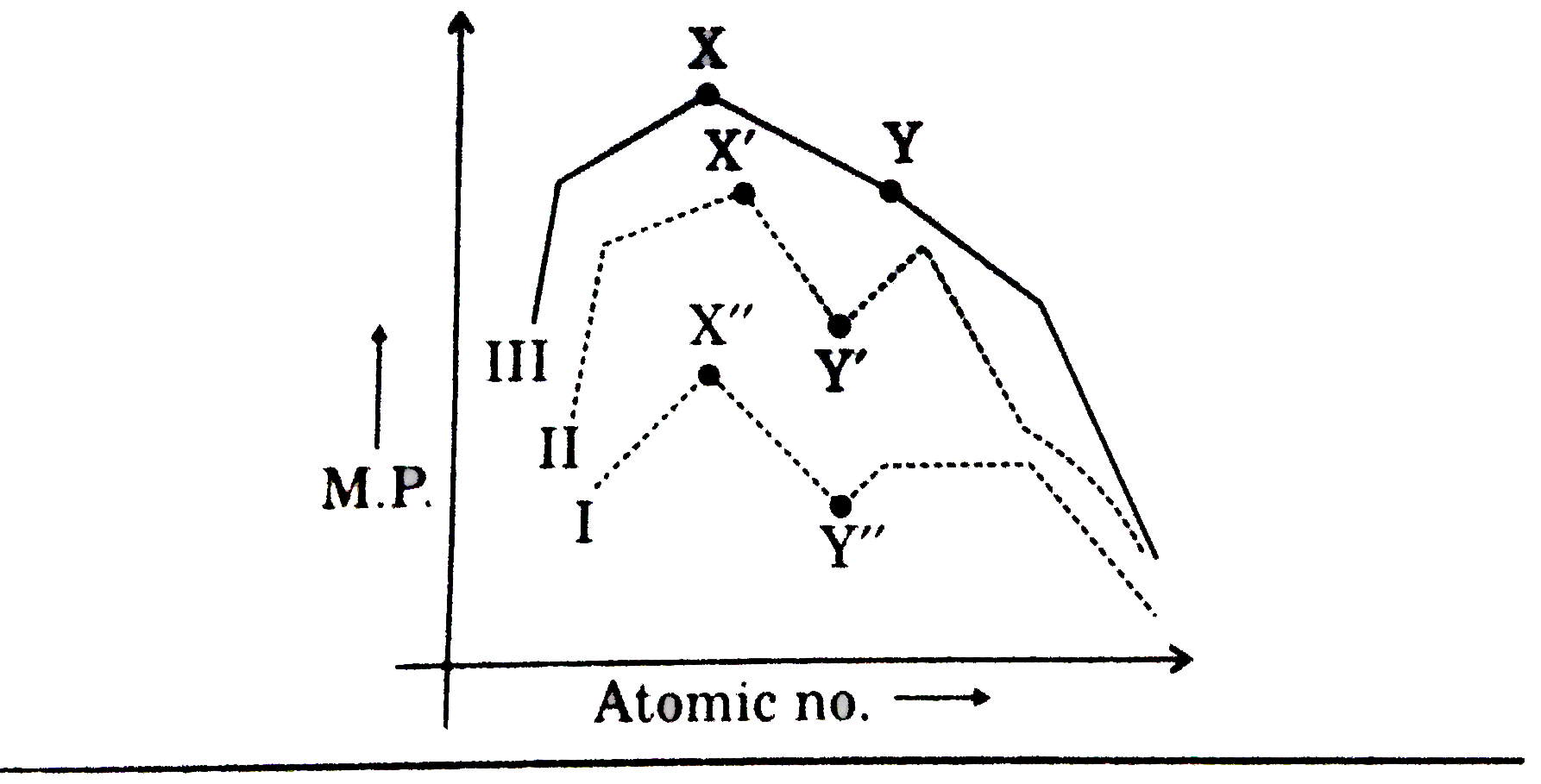M men agree to purchase a gift for Rs D . If three men drop out how much more will each have to contribute towards the purchase of the gift? DM−3 (b) MD3 (c) MD−3 (d) 3DM2−3M
To solve the problem, we need to determine how much each man originally contributed towards the gift and how much more each man will have to contribute after three men drop out.
1. Determine the Original Contribution:
- If M men agreed to purchase a gift for Rs D, the original contribution per man is given by:
\(
\text{Original Contribution} = \frac{D}{M}
\)
2. Determine the New Number of Men:
- After three men drop out, the new number of men becomes:
\(
\text{New Number of Men} = M - 3
\)
3. Determine the New Contribution:
- The new contribution per man after three men drop out is:
\(
\text{New Contribution} = \frac{D}{M - 3}
\)
4. Calculate the Increase in Contribution:
- To find out how much more each man has to contribute, we subtract the original contribution from the new contribution:
\(
\text{Increase in Contribution} = \text{New Contribution} - \text{Original Contribution}
\)
- Substituting the values:
\(
\text{Increase in Contribution} = \frac{D}{M - 3} - \frac{D}{M}
\)
5. Finding a Common Denominator:
- The common denominator for the fractions is \(M(M - 3)\):
\(
\text{Increase in Contribution} = \frac{D \cdot M}{M(M - 3)} - \frac{D \cdot (M - 3)}{M(M - 3)}
\)
6. Combining the Fractions:
- Now, combine the fractions:
\(
\text{Increase in Contribution} = \frac{D \cdot M - D \cdot (M - 3)}{M(M - 3)}
\)
- Simplifying the numerator:
\(
D \cdot M - D \cdot (M - 3) = D \cdot M - D \cdot M + 3D = 3D
\)
- Thus, we have:
\(
\text{Increase in Contribution} = \frac{3D}{M(M - 3)}
\)
Final Answer:
The amount each man will have to contribute more after three men drop out is:
\(
\frac{3D}{M(M - 3)}
\)
- If M men agreed to purchase a gift for Rs D, the original contribution per man is given by:
\(
\text{Original Contribution} = \frac{D}{M}
\)
- After three men drop out, the new number of men becomes:
\(
\text{New Number of Men} = M - 3
\)
- The new contribution per man after three men drop out is:
\(
\text{New Contribution} = \frac{D}{M - 3}
\)
- To find out how much more each man has to contribute, we subtract the original contribution from the new contribution:
\(
\text{Increase in Contribution} = \text{New Contribution} - \text{Original Contribution}
\)
- Substituting the values:
\(
\text{Increase in Contribution} = \frac{D}{M - 3} - \frac{D}{M}
\)
- The common denominator for the fractions is \(M(M - 3)\):
\(
\text{Increase in Contribution} = \frac{D \cdot M}{M(M - 3)} - \frac{D \cdot (M - 3)}{M(M - 3)}
\)
- Now, combine the fractions:
\(
\text{Increase in Contribution} = \frac{D \cdot M - D \cdot (M - 3)}{M(M - 3)}
\)
- Simplifying the numerator:
\(
D \cdot M - D \cdot (M - 3) = D \cdot M - D \cdot M + 3D = 3D
\)
- Thus, we have:
\(
\text{Increase in Contribution} = \frac{3D}{M(M - 3)}
\)
The amount each man will have to contribute more after three men drop out is:
\(
\frac{3D}{M(M - 3)}
\)
Similar Questions
M men agree to purchase a gift for Rs D . If three men drop out how much more will each have to contribute towards the purchase of the gift? DM−3 (b) MD3 (c) MD−3 (d) 3DM2−3M
View SolutionWhen a ball bounces, it rises to 23 of the height from which it fell. If the ball is dropped from a height of 36 m, how high will it rise at the third bounce? 1013m (b) 1023m (c) 1213m (d) 1223m
View Solution
Knowledge Check
(A) Bestowed with indifference
(B) with kind words is much more
(C ) asmall gift accompanied
(D) acceptable than a large giftADABCBCBDACADCBDBCADIf D is the daughter of A. D is the sister or M and A is brother is C. how are C and M related?
AMother and DaughterBUncle and NieceCFather and DaughterDAunt and Niece
Refer to the graph for trends in M.P. of transition elements of 3d,4d and 5d series.
Q. A metal having high boiling point:Ahas high enthalpy of atomizationBtends to be noble in their reactionsChas strong metallic bondingDall of the above.
The solution of the equation 2(m+3)=8 is
(a) 1
(b) 2
(c) 3
(d) 4
View SolutionHow many 3d series elements ( Sc to Zn ) have positive standard potential for M+2/M?
View SolutionLet m,n are integers with 0<n<m. A is the point (m,n) on the Cartesian plane. B is the reflection of A in the line y=x. C is the reflection of B in the y-axis. D, is the reflection of C in the x-axis and E is the reflection of D in the y-axis. The area of the pentagon ABCDE is 2m(m+n) (b) m(m+3n) m(2m+3n) (d) 2m(m+3n)
View SolutionA circular well with a diameter of 2 metres, is dug to a depth of 14 metres. What is the volume of the earth dug out? (a) 32 m3 (b) 36 m3 (c) 40 m3 (d) 44 m3
View SolutionThe arithmetic mean of numbers a, b, c,d, e is M What is the value of (a - M)+ (b-M)+ (c-M) +(d-M)+(e-M)
View Solution
